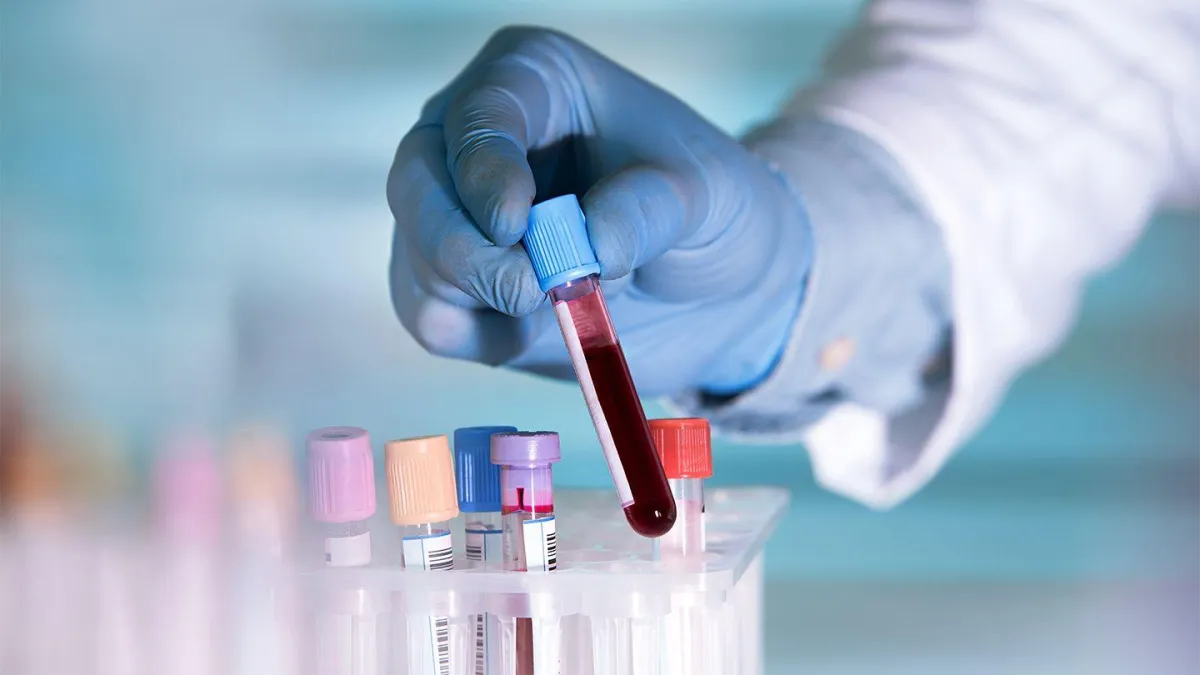
Liquid Biopsies for Cancer Screening: What You Need to Know
Cancer screening technology has advanced in recent years, and one of the newest innovations is the liquid biopsy, a blood test designed to detect circulating tumor DNA (ctDNA) fragments in your bloodstream. A prominent company providing this service is Galleri, offering this test at around $1,000.
While the promise of detecting cancer early is appealing, it’s crucial to understand how the test works and what its results really mean. One of the key concepts you should familiarize yourself with is positive and negative predictive value.
Positive Predictive Value (PPV)
The positive predictive value refers to the probability that someone who tests positive for cancer actually has the disease. For liquid biopsies like Galleri's, the PPV is around 45%, though this can vary depending on the type of cancer and the population being tested. This means that if you test positive, there is roughly a 50% chance that the result is a false positive—meaning the test indicates you have cancer when you do not.
Negative Predictive Value (NPV)
On the other hand, the negative predictive value tells you how likely it is that a person who tests negative does not have cancer. The NPV for Galleri’s liquid biopsy is more reassuring—over 99%. This means that if your result is negative, it’s extremely likely that you do not have cancer.
Understanding the Odds
To put this into perspective, if you are around 50 years old, the odds of testing positive for cancer are about 2% on average. With this test:
1 out of 100 people who test positive will indeed have cancer.
1 out of 100 people who test positive will not have cancer (false positive).
99 out of 100 people who test negative will not have cancer.
1 out of 100 people who test negative might still have cancer (false negative).
Knowing these baseline odds can help you make an informed decision about whether the liquid biopsy is right for you.
Weighing the Benefits and Risks
Early detection is crucial for improving cancer survival rates, so a test like this could potentially save lives by catching the disease before symptoms appear. However, the risk of false positives should not be overlooked. A false positive result can lead to unnecessary, expensive, and sometimes invasive follow-up tests, as well as increased anxiety and stress.
Ultimately, choosing to undergo cancer screening through a liquid biopsy is a personal decision. Armed with the most accurate information, you can decide what’s best for you and your family.

Liquid Biopsies for Cancer Screening: What You Need to Know
Cancer screening technology has advanced in recent years, and one of the newest innovations is the liquid biopsy, a blood test designed to detect circulating tumor DNA (ctDNA) fragments in your bloodstream. A prominent company providing this service is Galleri, offering this test at around $1,000.
While the promise of detecting cancer early is appealing, it’s crucial to understand how the test works and what its results really mean. One of the key concepts you should familiarize yourself with is positive and negative predictive value.
Positive Predictive Value (PPV)
The positive predictive value refers to the probability that someone who tests positive for cancer actually has the disease. For liquid biopsies like Galleri's, the PPV is around 45%, though this can vary depending on the type of cancer and the population being tested. This means that if you test positive, there is roughly a 50% chance that the result is a false positive—meaning the test indicates you have cancer when you do not.
Negative Predictive Value (NPV)
On the other hand, the negative predictive value tells you how likely it is that a person who tests negative does not have cancer. The NPV for Galleri’s liquid biopsy is more reassuring—over 99%. This means that if your result is negative, it’s extremely likely that you do not have cancer.
Understanding the Odds
To put this into perspective, if you are around 50 years old, the odds of testing positive for cancer are about 2% on average. With this test:
1 out of 100 people who test positive will indeed have cancer.
1 out of 100 people who test positive will not have cancer (false positive).
99 out of 100 people who test negative will not have cancer.
1 out of 100 people who test negative might still have cancer (false negative).
Knowing these baseline odds can help you make an informed decision about whether the liquid biopsy is right for you.
Weighing the Benefits and Risks
Early detection is crucial for improving cancer survival rates, so a test like this could potentially save lives by catching the disease before symptoms appear. However, the risk of false positives should not be overlooked. A false positive result can lead to unnecessary, expensive, and sometimes invasive follow-up tests, as well as increased anxiety and stress.
Ultimately, choosing to undergo cancer screening through a liquid biopsy is a personal decision. Armed with the most accurate information, you can decide what’s best for you and your family.
Apply To Work With Jon
Ready to take action? I'm here for you.
Sign up for an un-awkward, no-cost, no-obligation discovery call.


